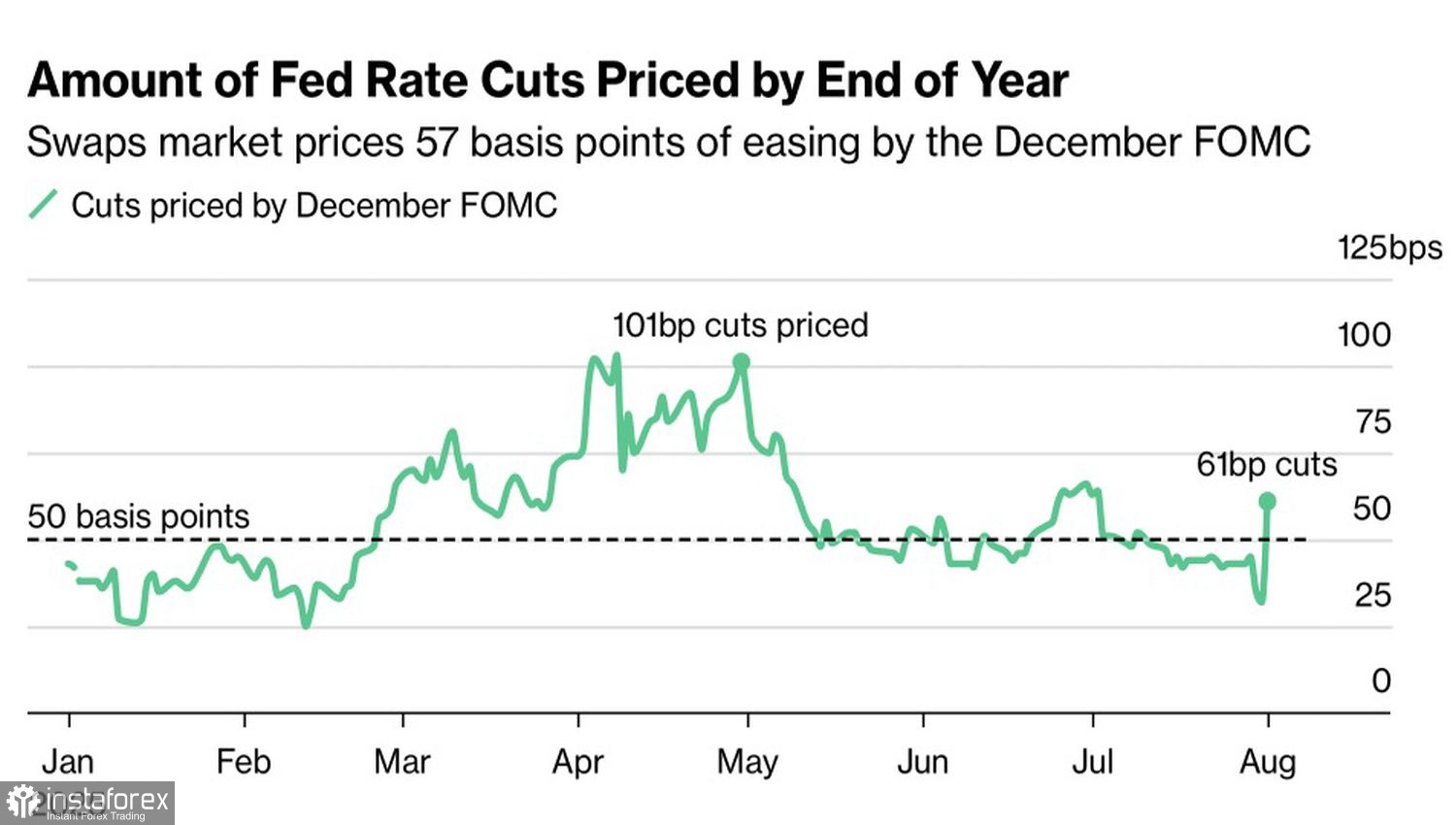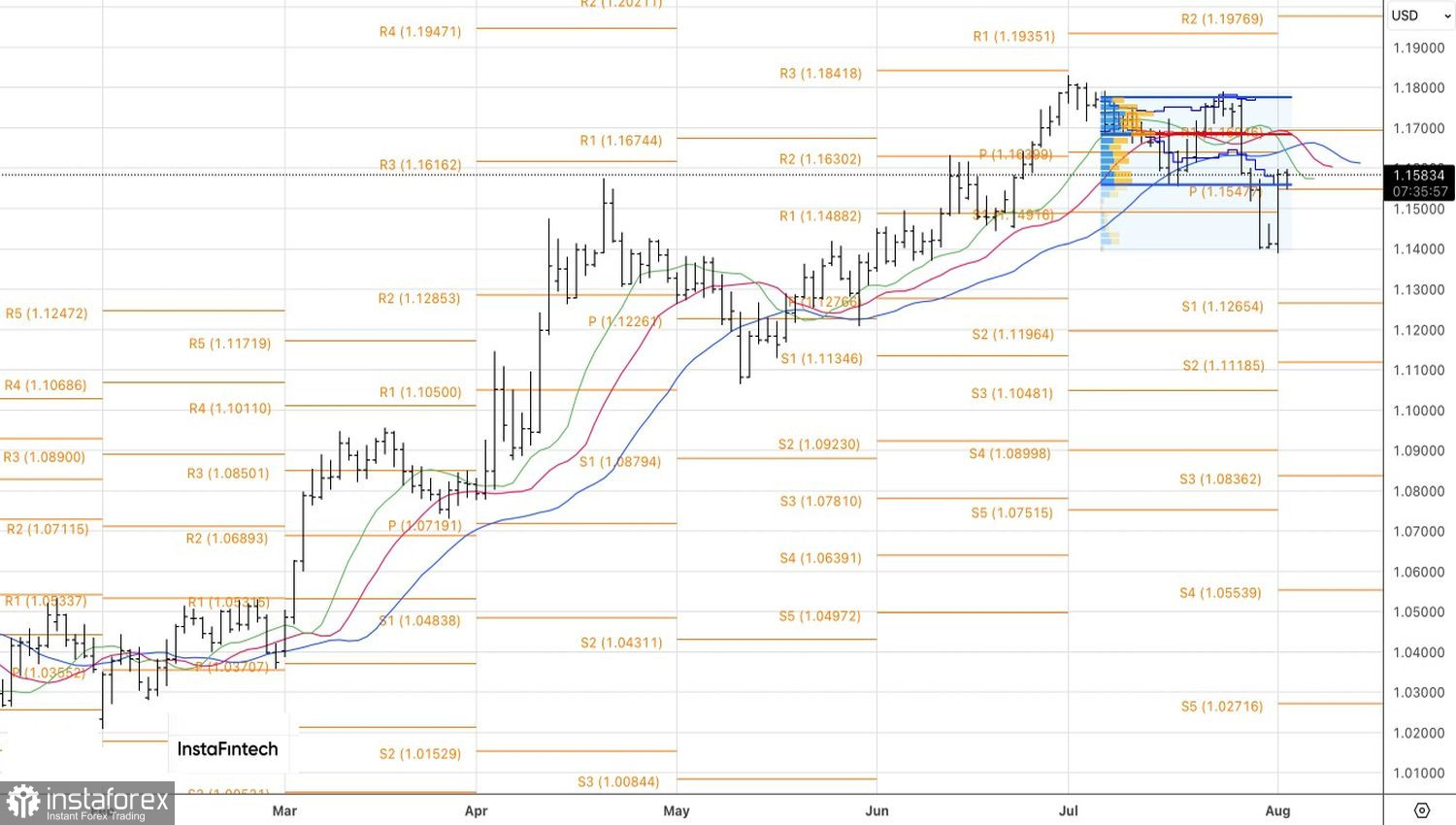Everything is coming full circle. After Donald Trump's inauguration, investors envisioned a stagflation scenario: tariffs would fuel inflation, while anti-immigration policies and mass layoffs of government employees would cool the labor market and slow U.S. GDP growth. The USD index declined, yet persistently strong job growth raised doubts. Could the U.S. escape unscathed? EUR/USD began a correction, and then the inevitable happened.
If it were just one disappointing report, it wouldn't be a big deal. But a downward revision of 260,000 jobs for May–June indicates a trend. That revision cost the head of the Bureau of Labor Statistics her position. Trump claimed she deliberately sought to discredit the president. But if even a Republican doesn't trust the numbers, why should anyone else?
Why keep money in such a troubled country? Political uncertainty revives the case for diversifying investment portfolios in favor of non-American securities and hedging the risks of holding U.S.-issued assets. According to Goldman Sachs, these two factors will continue to weigh on the dollar — even if the Federal Reserve keeps interest rates elevated.
Market Expectations of Fed Monetary Easing

That won't last. The data that provoked Trump's outrage over its reliability is likely to push the Fed toward easing monetary policy in September. The probability of such a scenario has jumped from 35% to 85%. If the central bank had known about the July jobs report beforehand, it likely would have cut rates at its last meeting. Now, those who voted in favor — Christopher Waller and Michelle Bowman — look like heroes. And Jerome Powell, once again, seems to have misstepped. That's how the U.S. president sees it, openly calling for the Fed chair's resignation.
What about the eurozone, which lost the trade war with the U.S.? Before the July U.S. jobs report, the euro looked like an easy target. The argument was that the U.S. economy would benefit from tariffs and massive investments, reviving the theme of American exceptionalism and sending EUR/USD lower. Between two evils, investors tend to choose the lesser one. And a stalled U.S. GDP now appears to be a bigger problem than the eurozone's ongoing struggles.

In reality, the U.S. economy is the engine of global GDP. If it falters, the global economy will wobble too. That would dampen consumer demand and hurt export-oriented currencies — including the euro. But that's a long-term scenario. For now, as markets sell off U.S. assets, EUR/USD could gain.
Technically, on the daily chart of the main currency pair, the bulls are attempting to secure a foothold within the fair value range of 1.1560–1.1780. If they succeed, the risk of a renewed uptrend will grow. Long positions on EUR/USD opened from 1.1545 should be gradually increased.





















